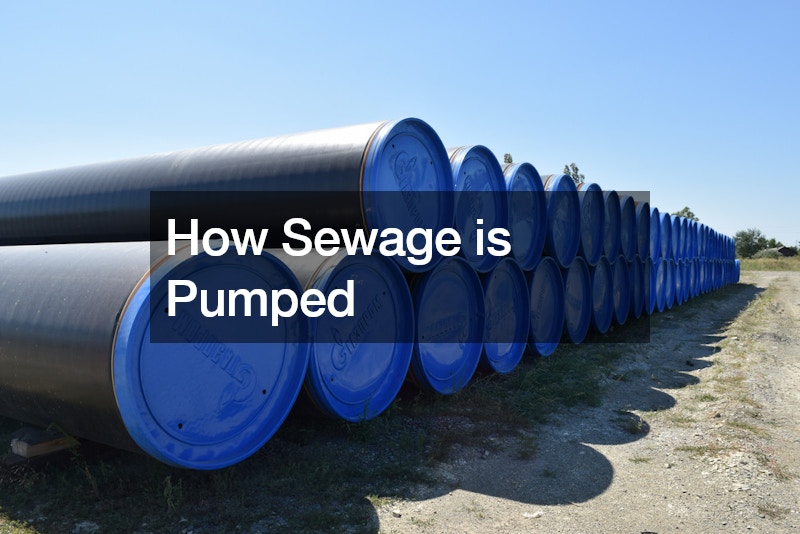
Sewage is pumped through a system of pipes and pumps to transport wastewater from homes, businesses, and industrial facilities to treatment plants or disposal sites. The process begins when wastewater enters the sewer system through drains and toilets in buildings. Gravity helps move the sewage downhill towards the nearest pump station or sewage treatment facility.
At the pump station, sewage undergoes preliminary treatment to remove large solids and debris that could clog or damage the pumps and equipment. The sewage is then pumped through a series of pipes using powerful pumps designed to handle the flow of wastewater. These pumps may be centrifugal pumps, positive displacement pumps, or submersible pumps, depending on the specific requirements of the system and the characteristics of the sewage. As sewage travels through the pipes, it may pass through multiple pump stations or lift stations to overcome changes in elevation or distance. Pumping stations are strategically located along the sewer network to maintain adequate flow and prevent backups or overflows.
Once the sewage reaches its destination, whether it’s a treatment plant or a discharge point, it undergoes further processing to remove contaminants and pollutants before being released into the environment or reused for beneficial purposes. Proper maintenance and operation of pumps and sewage infrastructure are essential to ensure the efficient and reliable transport of sewage and protect public health and the environment.


